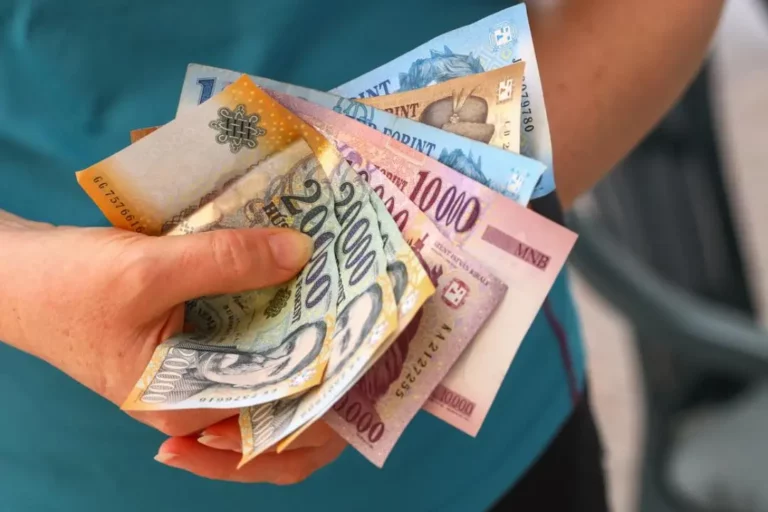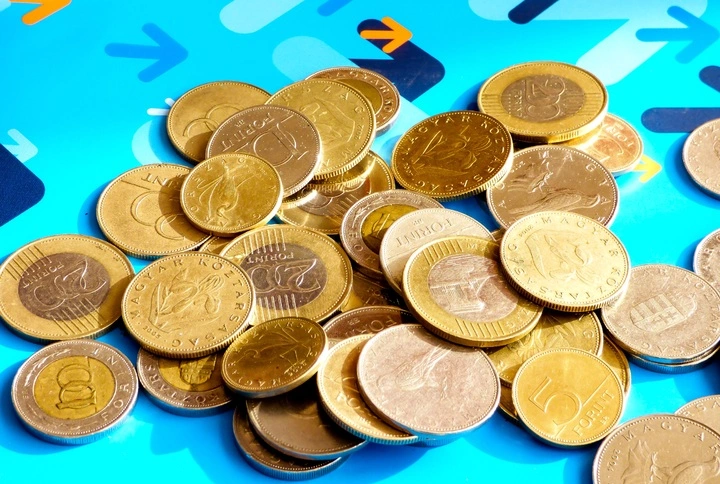forint
Forint exchange rate: Hungarian currency at an alarming 6-month low

Big change: 50,000-forint notes to be introduced? Central bank governor answers

Expert: Quality of food in Hungarian shops often worse than in Western Europe

Fuel price record high in Hungary while forint strengthens

Hungarian National Bank to decide the forint’s fate next Tuesday: plummet may follow

Grim outlook: Will the forint plummet to 400/EUR?

Hungary introduces brand new strange-shaped yet fabulous forint coins

Panic sets in: Hungarian forint plunged to a one-year low

Weakening forint: policy dispute wreak havoc on Hungarian currency

Hungarian forint falls at brutal pace: where will it land?

Forint at 5-month low!

The National Bank’s decision may wreak havoc on Hungarian forint – UPDATE: HUF 400/EUR comes!

Hungarian forint at 3-month low: no recovery in sight

Hungarian forint hit another historic low!

Hungarian forint fell sharply in the last few days, but today there is hope

EC to launch infringement procedure against Hungary: forint starts to plummet

5 and 10 forints coins will be withdrawn, HUF 50-100,000 banknotes will be issued in Hungary?

Has PM Orbán given up on adopting the euro in Hungary?






